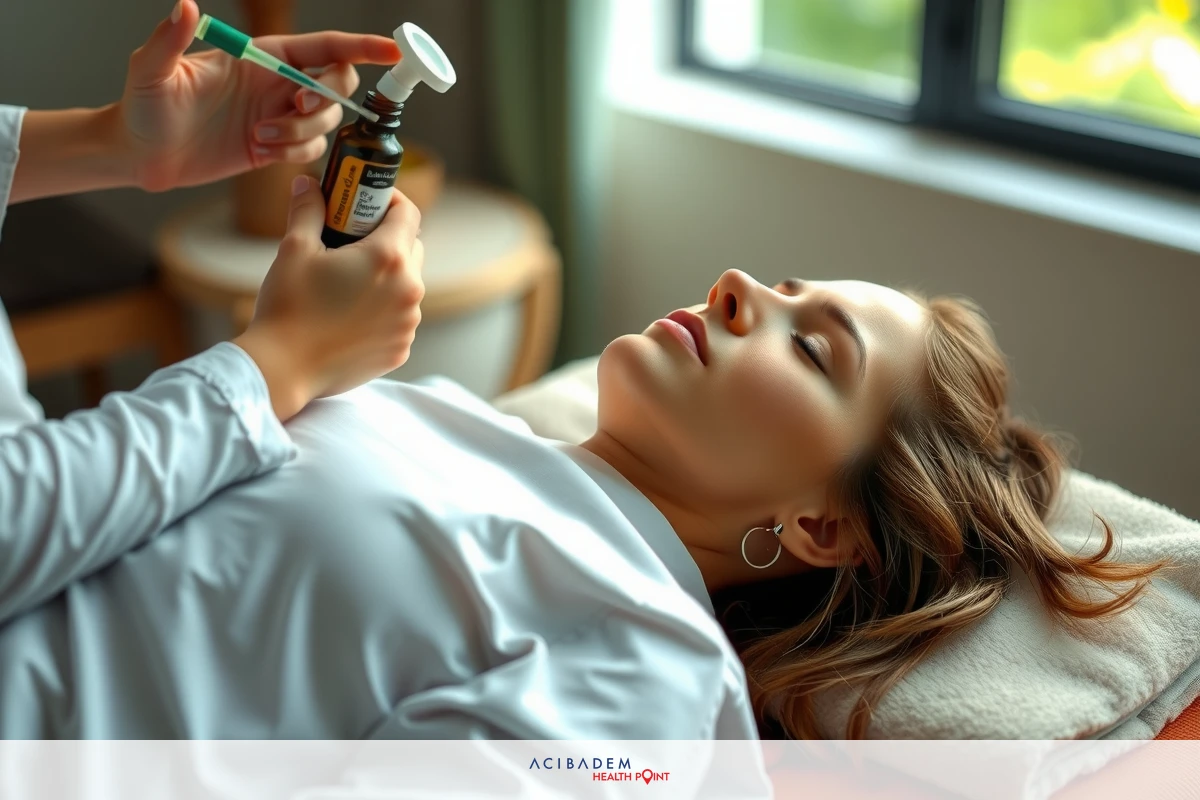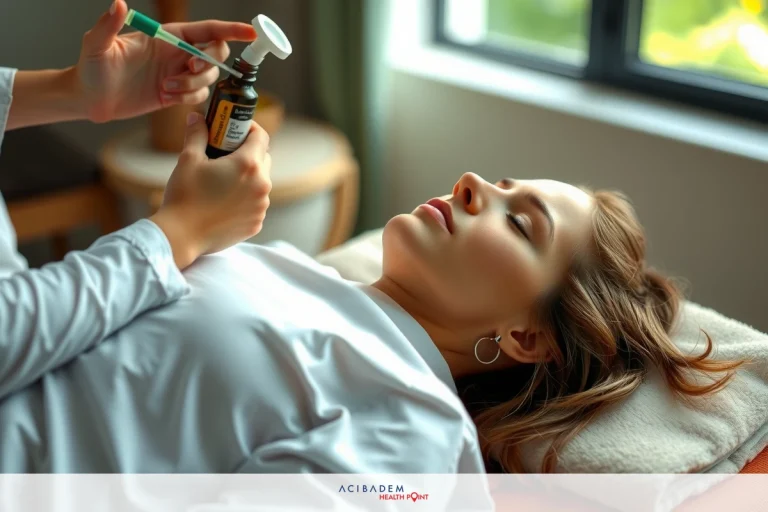How to Breathe Better After Rhinoplasty
How to Breathe Better After Rhinoplasty Breathing is an essential function of life, a rhythmic testament to our existence. Each inhale and exhale signify the remarkable process that keeps us alive, yet it’s something most of us take for granted until we experience difficulty or discomfort. Imagine then, those who have undergone rhinoplasty—nose reshaping—and are faced with new challenges in their respiratory rhythm.
Rhinoplasty fundamentally alters the nasal structure; consequently, adapting to these changes becomes paramount in ensuring smooth recovery and improved quality of life post-surgery. This article will guide you through simple exercises designed to strengthen your respiratory muscles, discuss the importance of maintaining proper nasal hygiene after surgery, and offer tips on optimal sleeping positions for better breathing during recovery—all aimed at making your transition smoother.
No two noses—or experiences—are identical. Your journey towards improved breathing might involve some trial-and-error before finding what works best for you. Be patient with yourself as you navigate this path towards better respiratory health postrhinoplasty.
Breathing Exercises
The complexity of breathing is often underappreciated until challenged by an event such as rhinoplasty, a surgical procedure that reshapes the nose. It’s during recovery when one might find the need to re-learn this fundamental function—breathing—to adjust to changes in nasal structure. Exercising your respiratory muscles can contribute significantly towards improving airflow and making each breath more effective.
One simple yet impactful exercise involves focused inhalation and exhalation. Begin by closing your eyes and taking slow, deep breaths through your mouth—since postrhinoplasty swelling may limit nasal breathing initially—and then gently exhale through pursed lips. This method encourages you to engage with every inhale and exhale consciously, strengthening your diaphragm over time for improved breathing capacity overall.
Another beneficial technique is known as “belly breathing” or diaphragmatic breathing—an approach that specifically targets the diaphragm muscle vital for efficient respiration. To perform this exercise, place one hand on your chest and another on your abdomen; breathe deeply so that you feel the rise-and-fall movement in the latter area while keeping the former relatively still—a clear sign of successful diaphragmatic engagement!
Let us not overlook nostril-specific exercises which are particularly relevant after nasal surgery like rhinoplasty since it directly impacts their functionality. Once healing progresses enough to allow comfortable nasal airflow, alternate nostril-breathing techniques could be incorporated into daily routines; these involve blocking off one nostril at a time while practicing mindful inhalation-exhalation cycles through each separately—an effective practice for enhancing individual nostril efficiency!
Post-operative care following rhinoplasty is multifaceted but achievable with patience and consistency! Incorporating these exercises into routine recovery efforts will help enhance respiratory strength overtime, bringing closer to achieving improved overall outcomes post-surgery!

Nasal Hygiene
As the body navigates the recovery phase post-rhinoplasty, nasal hygiene emerges as an indispensable aspect of care. The nose becomes a crucial focal point for attention and care, with its new structure necessitating a gentle approach to cleaning and maintenance. Proper nasal hygiene not only facilitates more comfortable breathing but also plays a pivotal role in preventing complications that could hinder healing.
Keeping the nasal passages clean can be achieved through various methods like saline rinses or nasal sprays—both known for their effectiveness in removing debris while moisturizing the inner lining of your nose. Saline rinses offer relief from any potential dryness or discomfort caused by surgical changes while promoting overall cleanliness—a key factor contributing towards better breathing post-rhinoplasty. Similarly, over-the-counter nasal sprays help maintain moisture within your nostrils, ensuring they don’t become overly dry during recovery.
The process of cleaning should always be executed gently yet thoroughly; hasty or rough handling might inadvertently cause harm to sensitive areas still healing postsurgery. When using saline rinses or sprays, follow product instructions carefully: generally speaking, you’ll want to lean over a sink with your head tilted slightly forward so any excess solution can easily drain out without causing discomfort. After completing this rinse—which shouldn’t feel painful if done correctly—you may gently pat-dry around your nostrils with soft tissue paper; avoid inserting anything inside them!
Maintaining good nasal hygiene is an essential part of post-operative care following rhinoplasty—it’s an ongoing task requiring persistence! However, these efforts will undoubtedly serve you well on your journey towards improved respiratory health and are instrumental in achieving optimal outcomes post-nasal surgery! Stick with it—the rewards are worth it!
Sleeping Positions
When navigating the recovery process post-rhinoplasty, simple alterations in sleeping positions can have a profound impact on your breathing comfort. It’s not just about getting a good night’s sleep—it’s also about facilitating the healing process and ultimately working towards improved respiratory health post-surgery.
Sleeping with an elevated head is one strategy that has shown to be beneficial for many people during their rhinoplasty recovery phase. This position works by reducing swelling, improving drainage, and enabling easier breathing—a vital aspect of comfortable rest! Consider using extra pillows or a specially designed wedge pillow to achieve this elevation; remember—comfort is key!
Side sleeping can also offer relief depending on personal comfort levels and surgical specifics—an individualized approach always reigns supreme when it comes to optimal recovery strategies! However, be mindful: excessive pressure against your nose might cause discomfort or potentially disrupt healing processes; hence maintaining balance becomes crucial here as well.
Whether you choose to elevate your head or sleep on your side—or perhaps find another position entirely conducive for you—the primary goal remains consistent: ensuring that whatever sleeping arrangement chosen promotes easy breathing while providing sufficient comfort necessary for quality restorative sleep during recovery from nasal surgery.
Recovery from rhinoplasty isn’t solely reliant upon medical interventions—it often incorporates lifestyle adjustments too! Just like with other aspects of post-operative care, finding what works best for you might involve some trial-and-error; but once discovered, these tailored approaches will significantly contribute towards achieving better overall outcomes and enhanced respiratory health following surgery!
Frequently Asked Questions
How soon after rhinoplasty can I start doing breathing exercises?
Postsurgery, the recovery period varies from person to person. It is best to consult with your doctor or surgeon before starting any exercise regimen. They will provide a timeline based on your specific case and healing progress.
What if saline rinses or nasal sprays cause discomfort during my postoperative care?
If you experience discomfort using saline rinses or nasal sprays, it's essential to consult with your healthcare provider as soon as possible. There may be alternative methods for maintaining nasal hygiene that are more suitable for you.
Can sleeping position really affect my ability to breathe better after rhinoplasty?
Absolutely! The right sleeping position can reduce swelling and improve drainage, both of which contribute towards easier breathing during recovery from nasal surgery.
What should I do if none of these tips seem to help me breathe better following my rhinoplasty procedure?
If you've tried implementing these strategies without noticeable improvement in your breathing comfort, don't hesitate to reach out to your healthcare provider at once. They can offer personalized guidance based on their familiarity with your specific circumstances and surgical outcomes.











